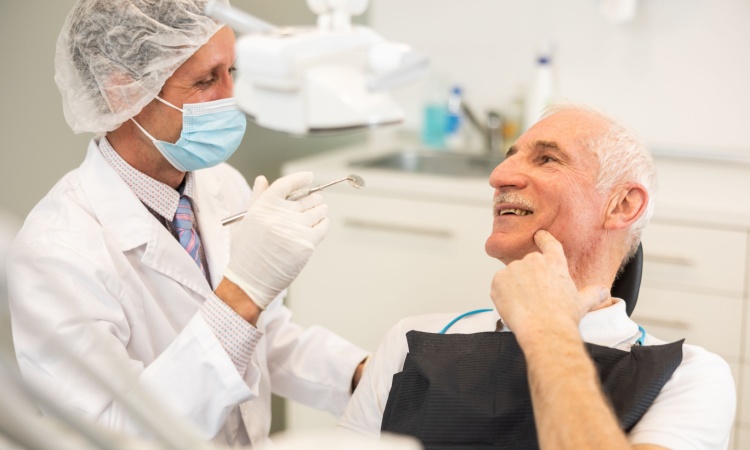
We tend to go about our everyday lives without thinking of the hygiene of some things in our workplaces and homes that we touch. Every day, we come into contact with and are surrounded by hundreds of unhygienic surfaces in the workplace.
Escherichia coli and staphylococcus are two infections that are spread by our hands and the things we touch.
Escherichia coli is a form of bacteria that can be found in human intestines. Although certain strains of the bacteria may not be as severe as others, there are a range of illnesses that can be caused by a more serious strain.
Staphylococcus bacteria can either be found on the skin or in the nose and in most cases may not cause any harm. However, the bacteria may cause an infection if it enters your body.
Workplace hygeine
Workplace hygiene can be determined by employees’ cleanliness and personal hygiene. It can also be attributed to how the workplace keeps its surrounding bacteria and infection free.
Stringent control measures must be in place to eradicate the spread of bacteria and this can assist to minimise infection and disease. These measures can contribute to a positive and safe environment to work in.
However, there are certain items in your workplace that you rarely think of that could be deemed unhygienic and surfaces that appear clean but are crawling with bacteria. These are items that you constantly come into contact with daily but do not realise that these same items could be infection-carriers.
1. Cell phones
In this modern age of technology, almost everyone owns a cell-phone and most cannot live without it.
We use our cell-phones almost everywhere and at any time. Have you ever thought to wipe your cell-phone before you use it? If you haven’t, then you should think about regularly cleaning your cell-phone.
Studies have shown that over 25,000 bacteria per square inch have been found to settle on your cell-phone.
2. Headsets

Headsets collect sweat, dirt, and bacteria that can be transmitted to your ears and create infections.
A study conducted at the University of Arizona showed that shared telephone headsets introduced new bacteria and doubled microbial flora in your ears.
Additionally, headsets also get covered in germs from the unhygienic surfaces it comes into contact with.
The UK Health & Safety Executives indicated that headsets may contribute to an increased risk of infection as they are worn intensively.
A microbiologist of North Carolina State University, after testing several different headsets, stated that bacteria found on it included staphylococcus and pseudomonas.
3. Desktop computer
The average desktop contains 20,961 germs per square inch.
We use our keyboards for almost 8 hours a day. Skin cells, food residue, sweat, and saliva usually find its way onto our keyboard and these all contain bacteria. It is estimated that for every square inch of your keyboard, there are more than 3,295 bacteria present.
Your hand operates the computer mouse for as long as you are working on your desktop computer, which can contain up to 1,676 micro-organisms.
4. Pens
The average office pen has 200 bacteria per square inch on it.
You do not usually clean your pen as you do not think of it as an item that can attract bacteria.
Most of us are used to biting onto the end of our pen while we use it. Chewing on a pen can transfer bacteria from your mouth to your face.
At times, you will share your pen with a friend or work colleague and bacteria is spread.
5. Door handles
Doorknobs or door handles are one of the most commonly touched unhygienic surfaces in the workplace.
Bacteria can easily be transferred from one person to another and this increases the risk of infection.
Flu viruses are particularly prone to last up to 24 hours on door handles. Within this period, the influenza virus can easily spread to others.
6. Light switches
Light switches and power-point switches are one of the least sanitised items and pose a high risk of spreading bacteria. Different people touch the power switches and bacteria can be transferred to the hand and vice versa.
7. Faucet handles
Before using water from the tap, you will need to turn the faucet handle. A faucet handle is 600 times more open to bacterial infection than a toilet seat.
These faucet handles are less likely to be given the scrub down and therefore collect more than 13,000 bacteria per square inch. This unhygienic surface can be a hotbed for bacteria as many different people in the workplace come into contact with it.
8. Soap dispensers
Washing your hands with soap and water is the most common way to get rid of bacteria on your hands.
Several studies conducted at the University of Arizona showed that certain types of bacteria grow well in refillable dispensers. Even after washing with soap, bacteria tend to remain on the user’s hands.
These include fecal bacteria as well as pseudomonas arogenosa.
9. Sink
Think about what you put into your office kitchen sink; not just dirty dishes but you sometimes dispose scraps of food and pour leftover beverages into it.
A study reported a total bacteria count of 100,000 per square centimetre and included Escherichia coli, campylobacter, and salmonella.
10. Coffee mugs

Although they have been washed, a study found that shared coffee mugs have significant germs on them, including fecal bacteria.
A used dish-washing sponge can carry over 10 million bacteria per square inch and you wash your coffee mug with this same sponge.
Additionally, you tend to leave your mug on your table without washing it as soon as you are done using it. This can cause germs to form immediately.
Remember, Infections are caused by bacteria, viruses, fungi, and parasites that enter the body and attack our immune system. These micro-organisms move from person to person and enter through the mouth, the nose, ears, rectal region, and genital area.
Improving workplace hygiene
Workplace hygiene can be improved in the following ways:
- Wash your hands well.
- Cover a cough.
- Wash and bandage all cuts.
- Do not share dishes, glasses, mugs, or eating utensils.
Workplace hygiene can be maintained, and bacterial infection and viruses can be avoided by simply taking the time to ensure that all surfaces and equipment are clean at all times.







 Single
Single Couple
Couple Family
Family Single Parent
Single Parent